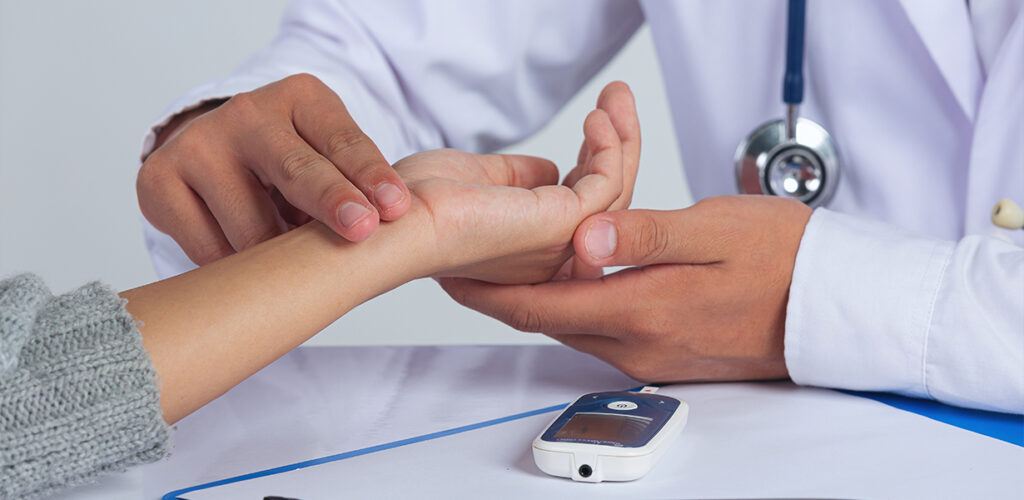When it comes to heart valve diseases, one of the most critical decisions a cardiac surgeon must make is whether to repair or replace the affected valve. While valve replacement is sometimes necessary, especially in cases of severe degeneration or damage, modern cardiac surgery has made tremendous strides in valve repair techniques. At the heart of this evolution is a patient-first philosophy: preserving the body’s own anatomy whenever possible to ensure better outcomes and quality of life.
In this article, we’ll explore why valve repair is often preferable to replacement, the challenges involved in complex repairs, the advanced techniques we employ, and the patient benefits of this approach.
Why Repair is Often Better than Replacement
Heart valves are intricate structures that open and close to regulate blood flow through the heart’s chambers. When one or more of these valves become dysfunctional due to congenital issues, infection, age-related degeneration, or other causes, the heart’s efficiency is compromised.
Valve replacement—whether with a mechanical or bioprosthetic valve—has traditionally been the go-to solution in severe cases. However, replacement introduces several lifelong considerations:
- Risk of clot formation (especially with mechanical valves)
- Need for lifelong blood thinners
- Limited lifespan of bioprosthetic valves
- Risk of valve deterioration over time
On the other hand, repairing the native valve preserves the patient’s own tissue, eliminating many of these issues. When done effectively, valve repair results in:
- Better heart function
- Lower risk of infection (endocarditis)
- Improved durability
- Fewer long-term complications
- No need for lifelong anticoagulation
The Complexity Behind Valve Repair
Despite its advantages, valve repair is a highly specialized procedure. It demands not only expert surgical skills but also a comprehensive understanding of valve anatomy, pathology, and hemodynamics.
Some cases are straightforward, such as mitral valve prolapse with isolated leaflet flail. Others are more complex and involve:
- Calcified or retracted leaflets
- Multiple valve involvement
- Bicuspid or unicuspid congenital malformations
- Previous failed repairs
- Severe annular dilatation or subvalvular apparatus damage
These scenarios require more than textbook procedures. They require a nuanced, case-by-case approach, which combines surgical finesse with innovation.
Advanced Diagnostic Tools for Pre-Surgical Planning
One key to successful valve repair lies in detailed preoperative evaluation. Our approach begins with advanced imaging techniques such as:
- 3D echocardiography
- Transesophageal echocardiography (TEE)
- Cardiac MRI
- CT angiography
These tools help us map the valve’s structure in extraordinary detail, allowing us to identify the exact location and mechanism of dysfunction. By simulating surgical outcomes in advance, we can tailor the repair strategy to the patient’s unique anatomy.
Modern Surgical Techniques for Valve Repair
Depending on the type and location of the valve defect, several advanced repair techniques are used. Here’s a look at some of the most common ones:
1. Mitral Valve Repair
Mitral valve repair is the most commonly performed and most extensively researched valve repair procedure. Common techniques include:
- Quadrangular or triangular leaflet resection
- Chordal transfer or neochordae creation using Gore-Tex sutures
- Annuloplasty using a flexible or semi-rigid ring
- Papillary muscle repositioning
These techniques restore proper leaflet coaptation and eliminate regurgitation while preserving native valve dynamics.
2. Aortic Valve Repair
Aortic valve repairs are often more challenging due to the high-pressure environment of the left ventricle. Nonetheless, experienced surgeons can repair aortic valves in select patients, especially those with:
- Bicuspid aortic valves
- Aortic root dilatation
- Valve prolapse
Procedures may include:
- Cusp plication or resuspension
- Commissuroplasty
- Valve-sparing root replacement (David procedure)
3. Tricuspid Valve Repair
Though often overlooked, tricuspid valve dysfunction contributes significantly to heart failure symptoms. We often perform tricuspid repairs alongside mitral or aortic valve surgeries using techniques like:
- De Vega annuloplasty
- Ring annuloplasty
- Leaflet augmentation
Minimally Invasive and Robotic-Assisted Valve Repairs
A significant advancement in recent years is the ability to perform valve repairs through minimally invasive or even robotic-assisted techniques. These procedures offer:
- Smaller incisions
- Less postoperative pain
- Reduced infection risk
- Faster recovery
- Better cosmetic outcomes
Robotic assistance provides surgeons with enhanced precision and control, making even complex repairs feasible without fully opening the chest. Our team utilizes these state-of-the-art systems when appropriate, balancing patient safety with surgical efficacy.
Intraoperative Assessment: Repairing With Confidence
One of the game-changers in modern valve surgery is real-time intraoperative echocardiography. Immediately after the repair, we assess valve function using TEE to confirm:
- Adequate coaptation
- No residual regurgitation or stenosis
- Proper leaflet motion
If needed, adjustments can be made on the table, ensuring optimal results before closing the chest.
Patient Selection and Timing
Not every patient is an ideal candidate for valve repair. Factors like valve calcification, chronicity of disease, and overall cardiac function influence our decision-making. That’s why timely referral is essential. Patients with severe valve disease but preserved ventricular function often see the most benefit from repair strategies.
We emphasize early evaluation and multidisciplinary discussions involving cardiologists, cardiac surgeons, imaging specialists, and anesthesiologists to ensure every patient receives the best possible care plan.
Long-Term Benefits of Valve Repair
Patients who undergo successful valve repair often experience:
- Improved exercise tolerance
- Better heart rhythm stability
- Lower risk of stroke
- Higher quality of life
- Longer survival rates compared to replacement in many cases
Moreover, avoiding lifelong anticoagulation (required with mechanical valves) dramatically reduces the burden of medication management, especially in younger and active patients.
Expertise Matters: Why Surgeon Skill is Critical
While the science of valve repair has advanced tremendously, outcomes are still heavily dependent on the experience and expertise of the surgical team. Complex valve repair is not a routine procedure—it’s a high-stakes operation that demands precision, creativity, and sound clinical judgment.
Meet Dr. Udgeath Dhir: A Leader in Complex Valve Repairs
Dr. Udgeath Dhir is a name synonymous with excellence in cardiac surgery. As Director and Head of Cardiothoracic and Vascular Surgery, Dr. Dhir has pioneered numerous successful complex valve repairs that many would consider unrepairable. His approach combines cutting-edge technology with a deep understanding of cardiac physiology and a firm commitment to patient-centered care.
With extensive experience in minimally invasive and robotic-assisted procedures, Dr. Dhir has not only helped patients avoid valve replacements but also improved their long-term health and lifestyle outcomes. His holistic, multidisciplinary approach ensures that each patient is treated as a unique individual, not just a diagnosis.
Patients from across the country and abroad seek out Dr. Dhir for his unmatched ability to turn complicated valve cases into lasting success stories. If you or a loved one is facing the possibility of valve surgery, a consultation with Dr. Udgeath Dhir could be the first step toward a safer, more effective, and more natural solution.


